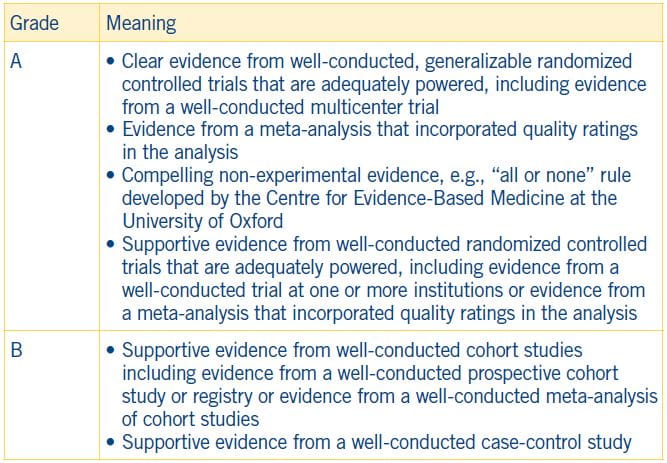Diabetes Care
- More than a quarter of patients over the age of 65 have diabetes, and this number is expected to grow rapidly in the coming decades.
- Older individuals with diabetes have higher rates of premature death, functional disability and coexisting illnesses such as hypertension, coronary heart disease and stroke than those without diabetes.
- Older adults with diabetes are also at greater risk than other older adults for several common geriatric syndromes, such as polypharmacy, cognitive impairment, urinary incontinence, injurious falls and persistent pain.
Screening
Screening for diabetes complications in older adults should be individualized and periodically revisited because the results of screening tests may impact therapeutic approaches and targets.
For example:
- Diabetes management may require assessment of medical, functional, mental and social domains. This may provide a framework to determine targets and therapeutic approaches.
- Special attention should be paid to complications that can develop over short periods of time, paying particular attention to complications that would significantly impair functional status, such as visual and lower extremity complications.
- Refer to the American Diabetes Association (ADA) consensus report “Diabetes in Older Adults” for details.1
ADA Evidence-Grading System for Standards of Medical Care in Diabetes2
Evidence grades for diabetes care are described in the following table:

1 American Diabetes Association. Older adults. Sec. 10. In Standards of Medical Care in Diabetes—2016. Diabetes Care 2016;39(Suppl. 1):S81–S85
2American Diabetes Association. Microvascular complications and foot care. Sec. In Standards of Medical Care in Diabetes - 2016. Diabetes Care 2016; 39(Suppl. 1):S72–S80

